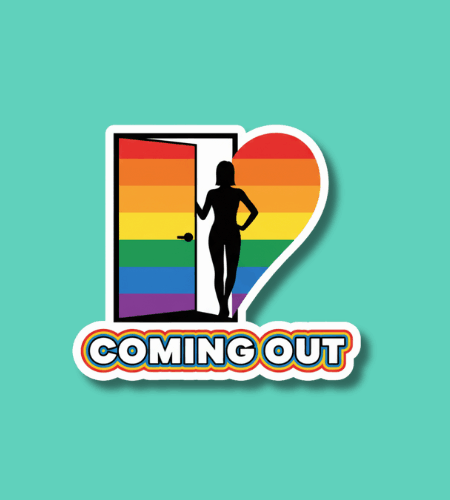National Coming Out Day is observed every year on October 11. It’s a day dedicated to celebrating, supporting, and raising awareness of individuals in the LGBTQ+ community who “come out” — that is, openly share their sexual orientation or gender identity — and to affirming the importance of visibility and acceptance.
Table of Contents
History of National Coming Out Day
National Coming Out Day was first observed on October 11, 1988, devised by activist Jean O’Leary and psychologist Robert Eichberg. They chose that date to mark the first anniversary of the 1987 National March on Washington for Lesbian and Gay Rights. The idea was to create a positive, empowering day rather than a reactive one — celebrating the act of coming out rather than just responding to discrimination or hostility.
Over the years, National Coming Out Day has grown beyond the U.S. and now serves as an international day of awareness. While initially focused on lesbian and gay visibility, it has expanded to include bisexual, transgender, queer, intersex, asexual and other non‑binary and LGBTQ+ identities. The observance now combines personal stories, community support, advocacy, and education.
Why National Coming Out Day is important
This day matters because visibility can be a form of activism and healing. Silence and invisibility fuel prejudice; when people see loved ones, co‑workers, or public figures living openly, it humanizes LGBTQ+ lives. It helps chip away at stereotypes and creates space for empathy.
At the same time, National Coming Out Day respects that coming out is deeply personal, often risky, and must be voluntary. Not everyone is safe or ready to come out, and that’s okay. The day can also be a moment of solidarity — for allies, for those still grappling with identity, and for communities offering support.
- it celebrates authenticity and courage
- it raises awareness about what coming out can mean
- it connects LGBTQ+ people with support networks
- it offers allies a chance to show solidarity
- it helps shift social norms toward acceptance
How to Observe National Coming Out Day
You can observe this day in many meaningful ways, depending on your comfort and circumstance. If you feel safe doing so, sharing your own coming‑out story (online, with friends, or in safe spaces) can be powerful. Even if you’re not in a position to come out yourself, you can support others by listening, amplifying queer voices, or learning more about LGBTQ+ histories and struggles.
Organizations often host events — panel discussions, storytelling sessions, film screenings, or resource fairs — and participating can strengthen community bonds. Schools, workplaces, and local groups may put up displays, hold trainings, or provide safe spaces. Wearing symbols of pride (rainbow flags, pins) or including pronouns in one’s signature are small gestures that signal affirmation and support.
- share a story or testimonial (if comfortable)
- attend or organize an LGBTQ+ event or talk
- wear a pride symbol or include your pronouns
- listen, affirm, and support someone who is coming out
- educate yourself and others about LGBTQ+ issues
National Coming Out Day Dates Table
| Year | Date | Day |
|---|---|---|
| 2025 | October 11 | Saturday |
| 2026 | October 11 | Sunday |
| 2027 | October 11 | Monday |
| 2028 | October 11 | Wednesday |
| 2029 | October 11 | Thursday |
Subscribe to our newsletter and never miss a holiday again!

